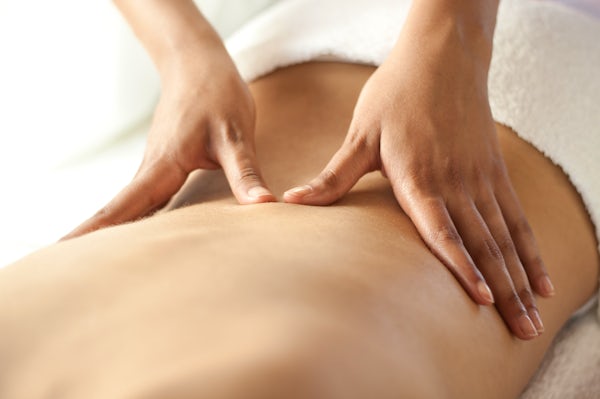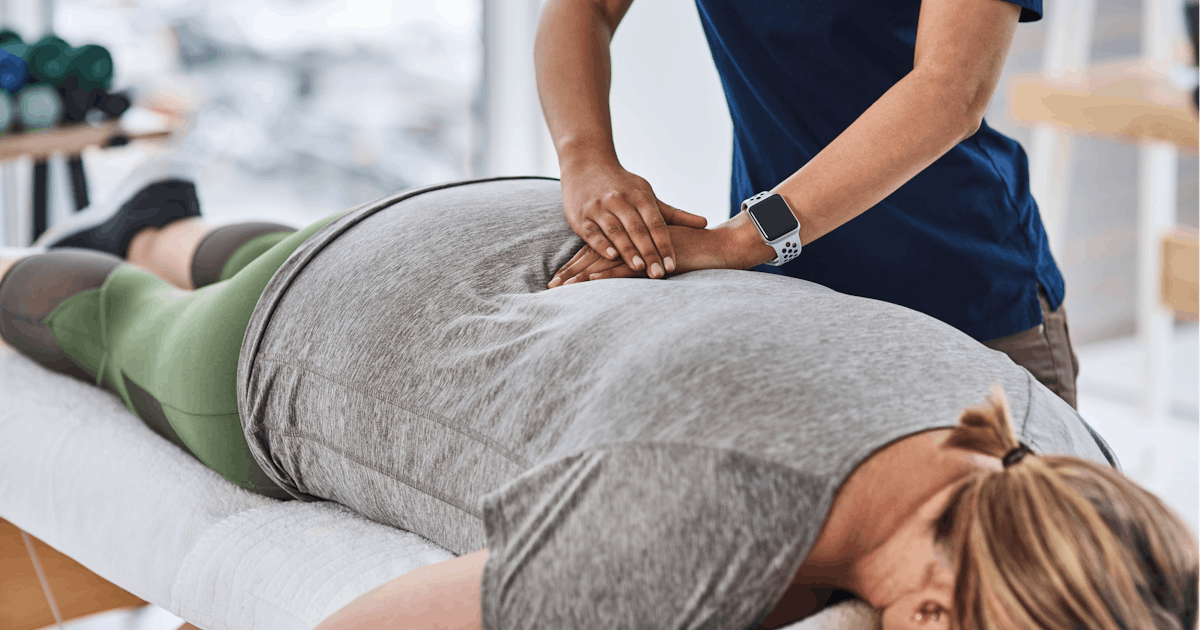
Lower back pain is one of the most common complaints people face today. Whether it’s a dull ache, sharp stabbing pain, or something in between, it can disrupt daily life, work, and even sleep. As a myotherapist, I see many clients seeking relief from this often frustrating issue. So, why does your lower back hurt? The answer can vary greatly, depending on the individual and their unique situation. Let’s explore the most common causes of lower back pain and how myotherapy can help.
1. Muscle Imbalance and Tightness
One of the most frequent contributors to lower back pain is muscle imbalance or tightness. The muscles in your back, hips, glutes, and core all play a role in stabilising your lower back. When these muscles are tight, weak, or imbalanced, the lower back often takes on too much strain.
For example, tight hip flexors or hamstrings can pull on your lower back, causing discomfort. On the other hand, weak glutes or core muscles may lead to poor posture, placing extra stress on the spine.
How Myotherapy Can Help: A myotherapist can assess your muscle strength and flexibility, identifying imbalances that could be contributing to your pain. Through massage, stretching, and strengthening exercises, we work to correct these imbalances, restoring proper function and relieving pain.

2. Poor Posture
Many of us spend long hours sitting at a desk, driving, or looking down at our phones. Over time, poor posture can place strain on the muscles and ligaments in the lower back, leading to discomfort. Slouching, leaning to one side, or sitting for too long can all contribute to lower back pain.
How Myotherapy Can Help: A myotherapist will assess your posture and help you understand how your daily habits may be contributing to your pain. We’ll work together on corrective exercises, stretches, and posture adjustments to relieve strain on your back and prevent future pain.
3. Injuries and Trauma
Injuries, whether from sports, an accident, or even lifting something heavy incorrectly, can lead to lower back pain. These injuries might involve strained muscles, sprained ligaments, or even herniated discs. The pain from an injury can be immediate or develop over time as the body compensates for the damage.
How Myotherapy Can Help: Myotherapy offers techniques like soft tissue therapy, trigger point release, and rehabilitation exercises to help your muscles heal and restore movement. We work closely with you to ensure your body recovers properly from the injury, reducing pain and preventing further issues.

4. Stress and Tension
It’s not just physical strain that can cause lower back pain—mental and emotional stress can play a big role too. When we’re stressed, we tend to hold tension in certain areas of the body, particularly the lower back and shoulders. Over time, this tension can cause pain and discomfort.
How Myotherapy Can Help: Myotherapy isn’t just about treating the body—it’s about addressing the whole person. We use techniques such as relaxation massage and breathing exercises to help reduce stress and tension, which in turn can relieve lower back pain.
5. Underlying Conditions
Sometimes, lower back pain can be caused by underlying conditions such as arthritis, sciatica, or disc degeneration. These conditions often require a more in-depth approach to treatment, as they involve more than just muscle tension or injury.
How Myotherapy Can Help: Myotherapists can work in collaboration with other health professionals, such as chiropractors, physiotherapists, or GPs, to develop a holistic treatment plan. We focus on relieving pain through soft tissue therapy while supporting your body’s healing and mobility through targeted exercises.

How Can Myotherapy Help You?
At its core, myotherapy is about helping the body heal itself. We assess and treat your muscles, joints, and the surrounding soft tissues to address the root cause of your pain. Here’s the process you can expect when seeking help for your lower back pain:
Comprehensive Assessment: Your myotherapist will assess your posture, muscle strength, flexibility, and any movement restrictions to determine what’s causing your lower back pain.
Hands-On Treatment: Through techniques such as deep tissue massage, trigger point therapy, dry needling and myofascial release, we target areas of tension and imbalance that are contributing to your discomfort.
Individualised Exercise Program: You’ll receive a tailored plan of stretches and strengthening exercises to support your recovery and prevent future pain.
Ongoing Support: We monitor your progress and adjust your treatment plan as needed, ensuring you continue to see improvements and reduce the risk of recurring issues.
Take the Next Step Toward Pain Relief
If lower back pain is disrupting your life, don’t wait for it to get worse. Book a consultation with myself today and start the journey to feeling better. We’re here to help you restore balance, relieve pain, and support your body’s natural healing process.
~ Tereza Dickeson, Myotherapist - Better Back, Oakbank
Contact Us


